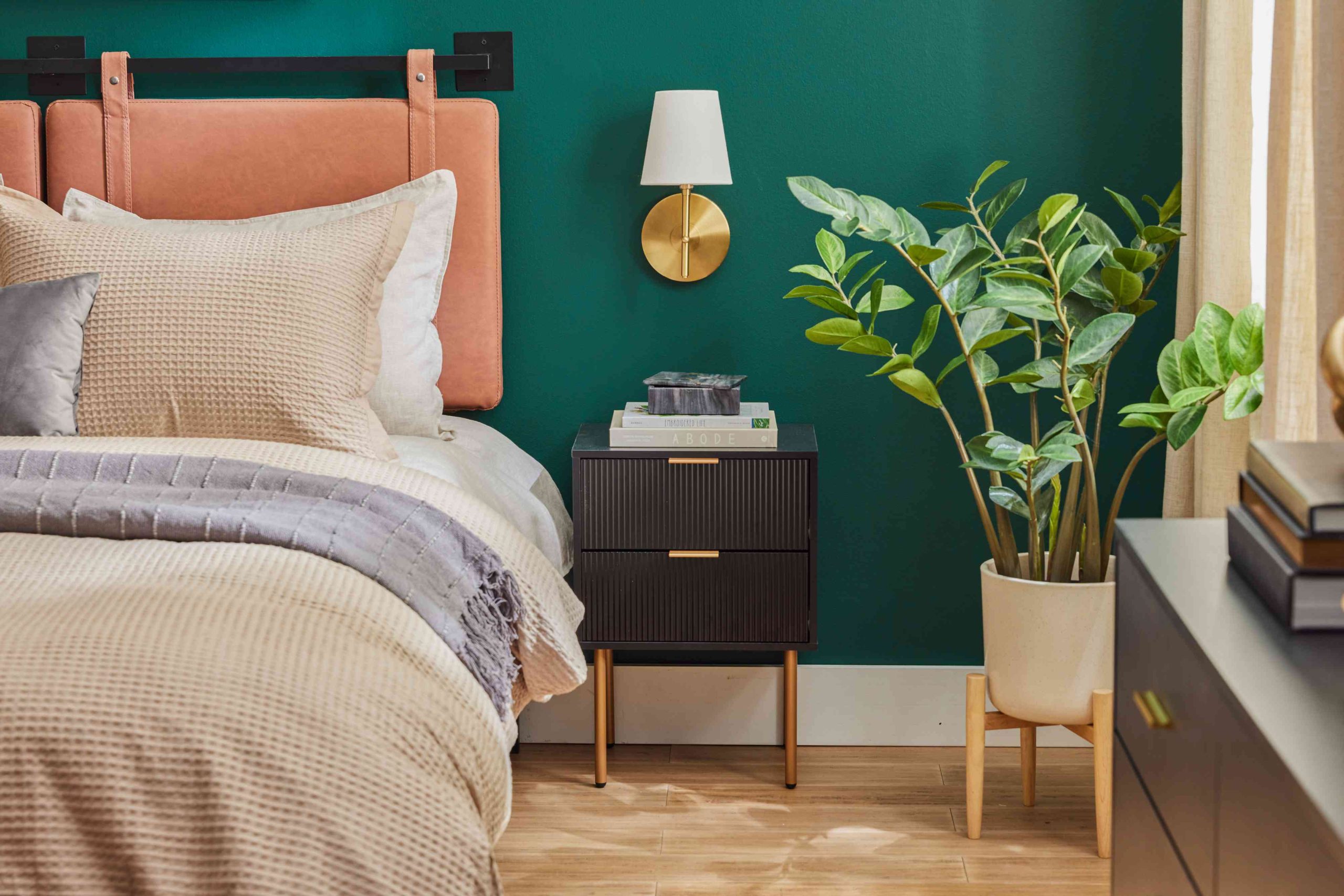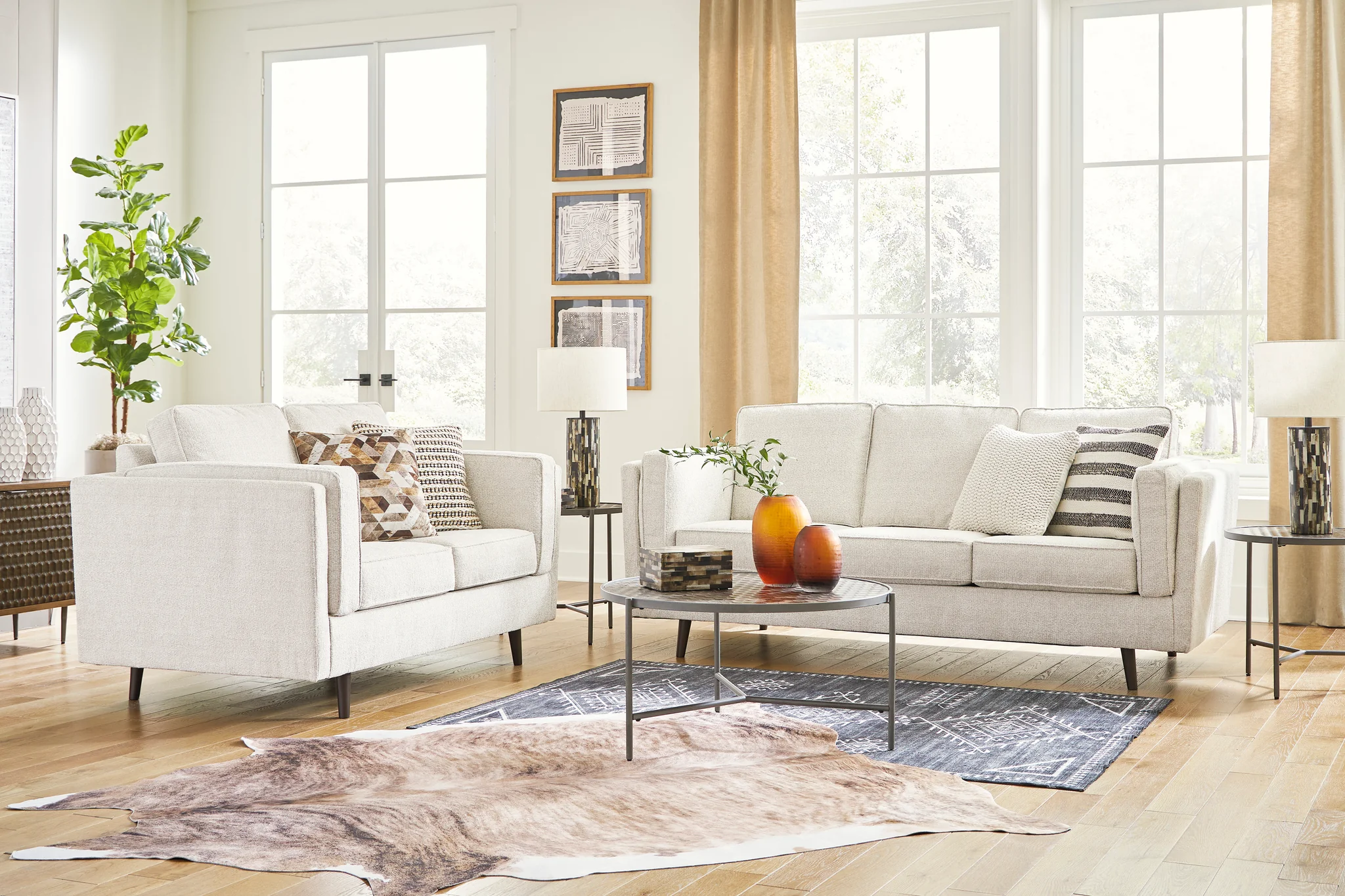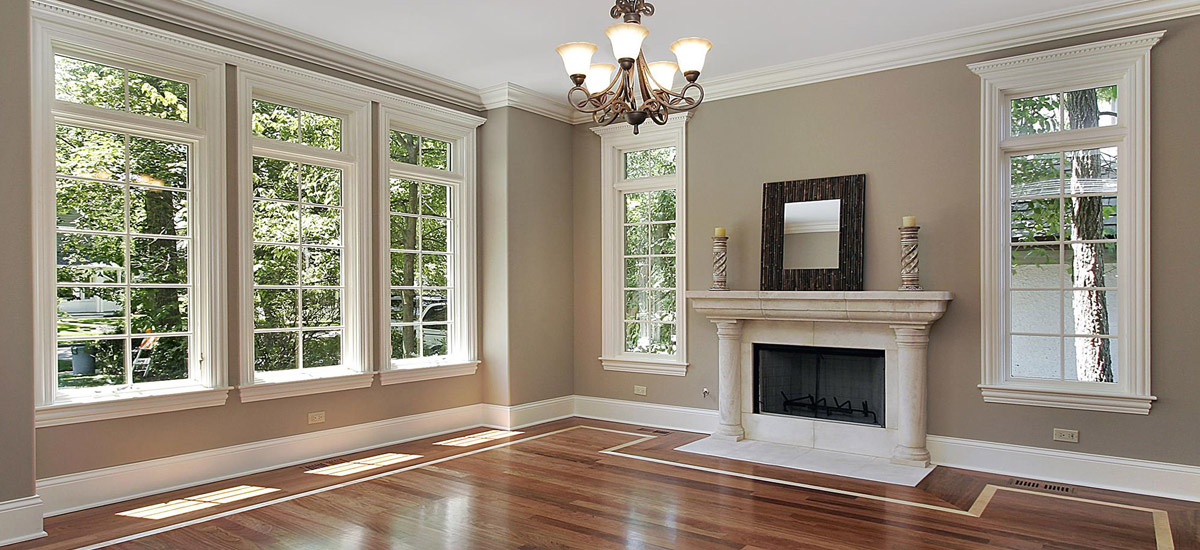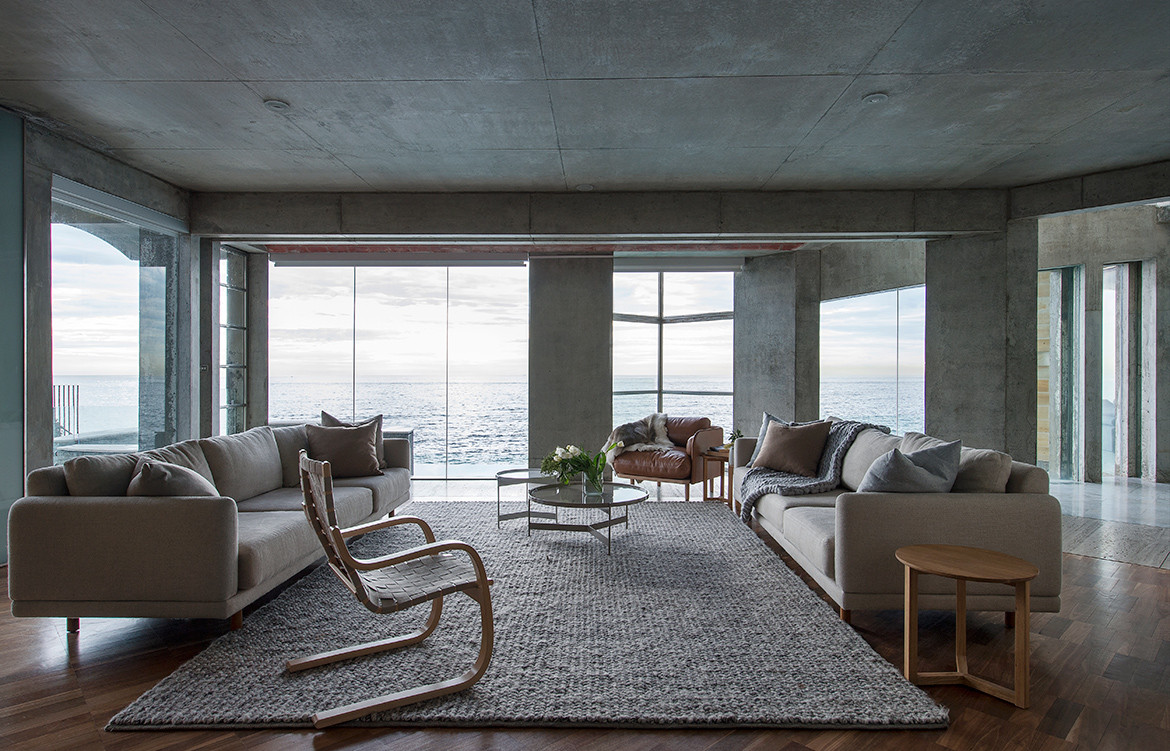Contents
Introduction
Choosing the perfect nightstand height might seem like a minor detail in bedroom design, but it plays a crucial role in both functionality and aesthetics. The right height ensures that your essentials—like your alarm clock, lamp, or water glass—are within easy reach, all while maintaining a visually balanced look with your bed. Whether you’re setting up a cozy guest room, redesigning your master bedroom, or shopping for new furniture, understanding what qualifies as the ideal nightstand height can help you make smarter, more ergonomic decisions.
In this article, we’ll explore everything you need to know about achieving the perfect nightstand height, why it matters, how to measure it, and what factors to consider before buying or adjusting.
Why Perfect Nightstand Height Matters
The height of your nightstand isn’t just about looks; it’s also about function and comfort. When it’s too low or too high, it can lead to:
-
Difficulty reaching items from bed
-
Awkward stretching or bending
-
An imbalanced visual flow with your bed and surrounding furniture
A nightstand that aligns well with your mattress height offers not just convenience but also contributes to better posture and reduced nighttime disruptions.
Standard Nightstand Height Measurements
Generally, the perfect nightstand height is between 24 to 28 inches, depending on the bed height. However, the ideal height is when the nightstand surface is even with the top of the mattress or just slightly below it (within 1–2 inches). This rule of thumb works for most bed sizes and styles.
To find your ideal height:
-
Measure from the floor to the top of your mattress.
-
Choose a nightstand that matches or is 1–2 inches lower.
-
Avoid nightstands that are higher than your mattress, as they can be inconvenient and visually jarring.
Nightstand Height vs. Bed Height
Here’s a quick guide based on typical bed heights:
Platform Beds (18–24 inches high)
Best paired with nightstands around 18–22 inches tall.
Standard Beds (24–26 inches high)
Work well with nightstands that are 24–26 inches in height.
Beds with Thick Mattresses or Box Springs (27–30 inches high)
Ideal nightstand height: 26–28 inches or slightly more if needed.
The key is maintaining alignment or a slight drop between the mattress and nightstand top to ensure a smooth, accessible surface next to your sleeping area.
Factors to Consider When Choosing the Perfect Nightstand Height
Bed Frame Type
The frame type impacts overall bed height. Platform and low-profile beds sit closer to the floor, while traditional frames with box springs raise the sleeping surface. Always measure with bedding included to account for additional height from pillows or toppers.
Mattress Thickness
Modern mattresses are thicker than older models—some even up to 14–16 inches. Be sure to include mattress height in your overall measurement when calculating the nightstand’s needed height.
Bedroom Aesthetics
A nightstand that’s perfectly aligned with your mattress creates symmetry and visual flow. If the nightstand is too tall, it may overpower the bed; too short, and it may feel disconnected. Symmetry can influence how cozy and balanced your room feels.
Functionality
Consider how you use your nightstand:
-
Do you read in bed with a bedside lamp?
-
Do you need space for a glass of water, phone charger, or books?
-
Is it doubling as a work surface?
These habits affect whether you may want a slightly taller or wider surface, in addition to the standard height.
Drawer or Shelf Access
Height also affects ease of access to drawers or shelves. A tall nightstand might offer more storage, but if it’s too high, those features become hard to use from bed.
Best Nightstand Height for Different Bed Styles
For Low Beds or Futons
Opt for minimalist or floor-level stands around 15–20 inches. These keep proportions natural and practical.
For Canopy or Four-Poster Beds
These often come with elevated sleeping surfaces, so nightstands between 26–30 inches usually offer a better match.
Adjustable Beds
Since you can change the bed height, consider adjustable or modular nightstand systems—or at least a design with ample height flexibility.
Nightstand Alternatives and Their Heights
If a traditional nightstand doesn’t suit your style or space, here are some great alternatives:
Floating Shelves
Mounted at custom heights. Ideal for smaller rooms or minimalist designs.
Wall-Mounted Cabinets
Offer storage and surface space. Install them at the same height as your mattress for functionality.
Stacked Books or Crates
Popular in boho or rustic decor themes. Measure carefully to ensure usability.
C-Tables
These compact tables slide under the bed frame, making them ideal for tight spaces or dual-use surfaces.
Tips for Adjusting Your Nightstand Height
-
Use Furniture Risers: Great for raising shorter nightstands.
-
Cut Legs Down: A simple DIY for reducing height if you’re comfortable with tools.
-
Add a Decorative Tray or Block: To increase usable surface height subtly.
-
Opt for Taller Accessories: Use a higher lamp or a vertical stack of books to visually balance a lower nightstand.
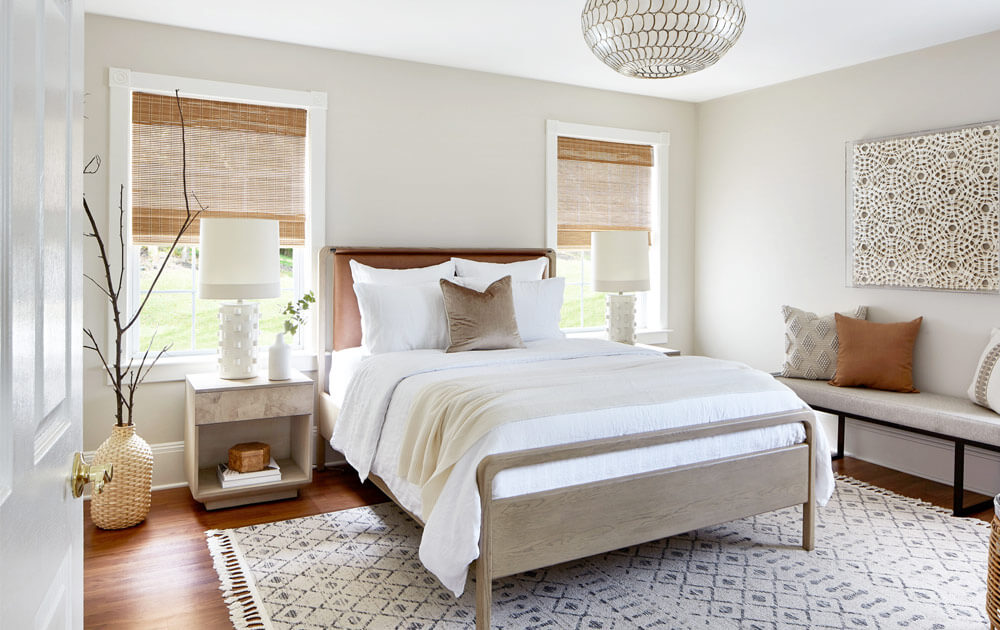
Frequently Asked Questions (FAQs)
What is the perfect nightstand height for a 25-inch high bed?
A nightstand between 24–26 inches works best. Ideally, keep the nightstand even with or slightly below the top of the mattress.
Can nightstands be taller than the bed?
Technically yes, but it’s not ideal. Taller nightstands can be awkward to reach and may disrupt the room’s visual harmony.
What if my bed and mattress height changes later?
Look for adjustable or modular nightstands. Alternatively, furniture risers or temporary boosters can help bridge small differences.
Is it okay to use mismatched nightstands with different heights?
Yes, as long as the height difference is minimal and the overall look is balanced with lamps or décor that create symmetry.
Are floating shelves better than standard nightstands?
They’re great for small rooms and can be customized in height. However, they may lack storage and surface area.
Should I match my nightstand height to the mattress or the bed frame?
Always measure from the floor to the top of the mattress. That’s your point of reference for comfort and convenience.
How much clearance should I leave between the nightstand and bed?
Leave about 2–5 inches of space. This avoids crowding and makes room for bedding or bed movement.
Conclusion
The perfect nightstand height is more than just a number—it’s about achieving the right balance between comfort, convenience, and style. Whether you prefer classic nightstands, floating shelves, or custom-built solutions, the goal is to keep your essentials within reach without disrupting your bedroom’s visual appeal. Always measure carefully, consider your personal habits, and don’t be afraid to think outside the box when it comes to design.

